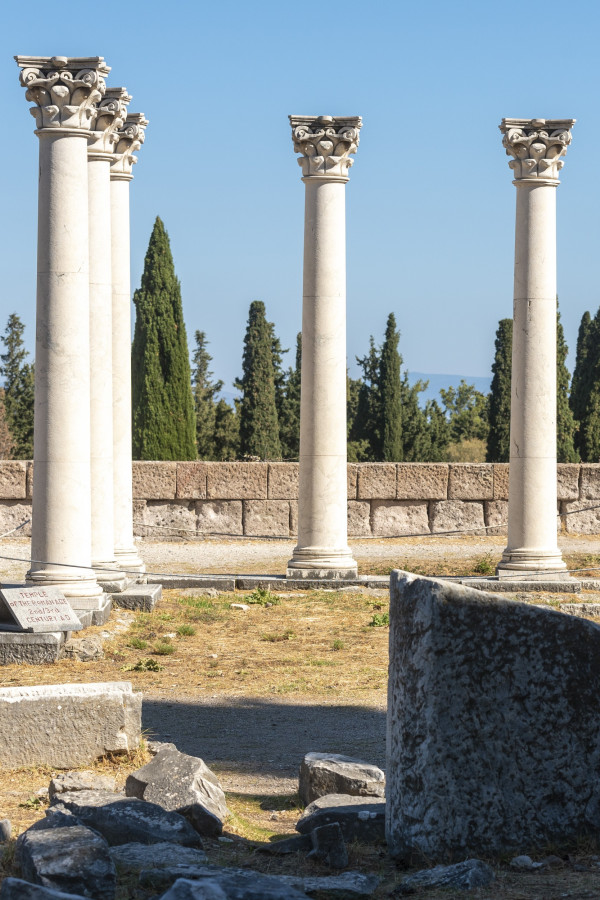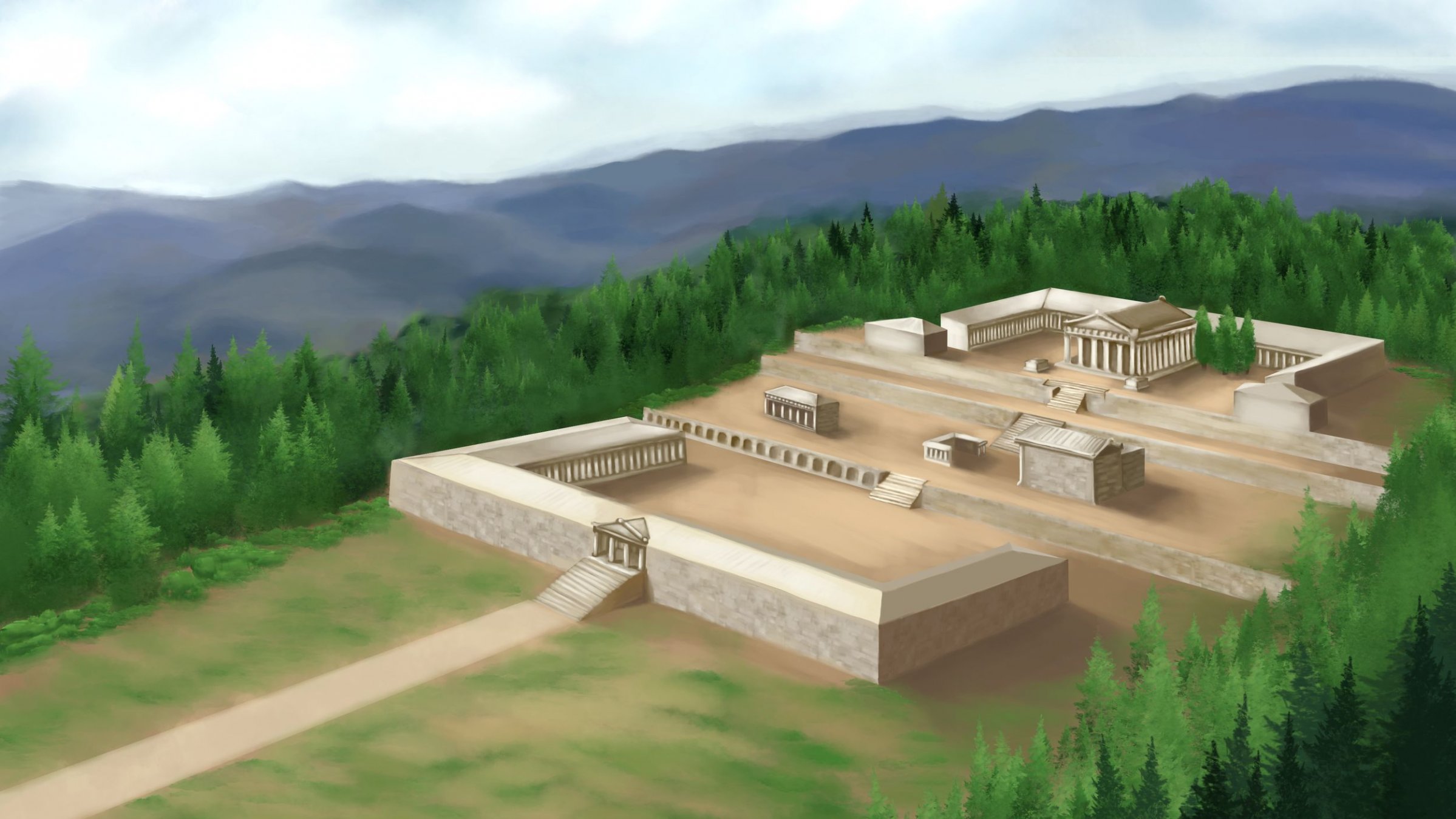Overview
Tags
Ancient Greek,
Easy access,
History,
Hippocrates
General location
Kos town
Working hours
08:00 - 20:00
Final entering in 19:30
Final entering in 19:30
Entrance
€15
more info
EU citizens
Ages up to 25, access for free
Non EU citizens
Ages up to 18, access for free
Proof of identification needed.

Access
Easy to reach by car, motorbike or bicycle, found at a distance of about 3.4 km southwest of Kos town after following Asklipiou Str. and then Agiou Dimitriou Str. A free parking area is available
Did you know
The nationwide recognition of the right of immunity in the sacred area of Asklepieion for the establishment of the “Great Asklepieion” celebrations was a decisive event that occurred in Kos during the reign of the Ptolemies, in 260 BC. The local people’s pursuit to grant sanctuary to any persecuted person seeking protection in the Asklepieion, reveals their immense pride for its existence and the consideration of the temple as the center of their city.

More
photos!
View it
on the map
Coordinates
36.8758928, 27.2571722


